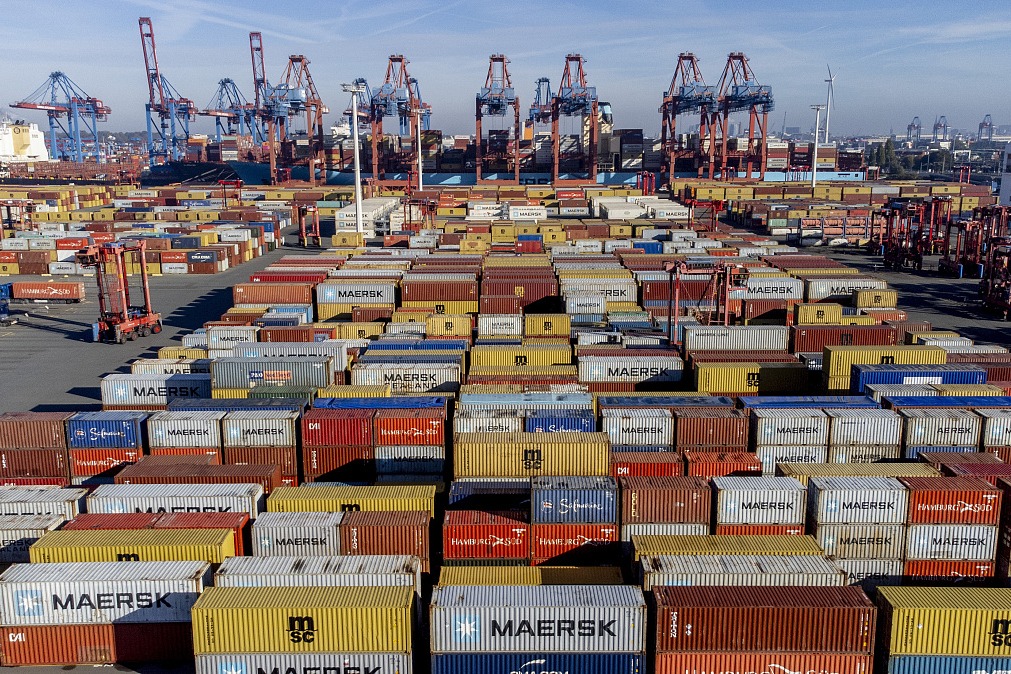Shenzhen among top 3 clean air for first time

For the first time, Shenzhen became one of the top three Chinese cities for air quality, according to Shenzhen Vice Mayor Huang Min yesterday.
The city followed Lhasa and Haikou in the ranking of air quality in the first quarter of this year in China's 168 major cities monitored by the Ecology and Environment Ministry, Huang said at a ceremony held yesterday at Shenzhen Dasha River Park marking World Environment Day.
The average PM2.5 concentration, a key indicator of air pollution, was recorded at 26 micrograms per cubic meter, which is 5 micrograms per cubic meter lower than Q1 in 2018, as the average concentration of major pollutants like sulfur dioxide, nitrogen dioxide, inhalable particulate matter (PM10) and ozone continued to decrease.
"This is the lowest on record in Shenzhen since PM2.5 monitoring was initiated in 2006. In Q1, the Air Quality Readings stood between 20 and 99. All 90 days of the three months were recorded at Grade I and Grade II levels," Huang said.
The improvement of water quality in the Maozhou and Shenzhen rivers, which are monitored by the ministry, ranked seventh among the country's prefecture-level cities. The quality of other rivers, including the Futian, Shawan, Yantian and Buji rivers, was also greatly improved.
In 2018, Shenzhen invested 39.2 billion yuan ($5.8 billion) in water treatment and 2,855 km of water treatment pipelines were built.
The city was awarded by the State Council in May for its achievements in pollution prevention and environmental protection last year. By the end of 2018, Shenzhen had ranked among China's top 10 cities for air quality for six straight years, becoming the only city in China among the top 20 GDPs with air quality that had reached such a standard in the past five years.
Before the end of 2019, Shenzhen will have built and expanded three sewage plants and upgraded nine plants, bringing the total waste water treatment capacity to 6.41 million tons a day.
Meanwhile, the air quality in Guangdong Province improved significantly last year, according to an annual report released Tuesday by the Guangdong Provincial Bureau of Ecology and Environment.
In 2018, the PM2.5 density in Guangdong dropped by 6.1 percent year on year to 31 micrograms per cubic meter.
The density of sulfur dioxide, nitrogen dioxide and PM10 dropped 9.1 percent, 3.4 percent and 3.9 percent, respectively.
The province, however, reported an increase in ozone concentration over the past two years, making it a main pollutant in the air.
The quality of drinking water and surface water was generally good, said the report, which also exposed heavily polluted rivers and sections.
Guangdong enterprises have made great efforts to reduce carbon emissions. For instance, the carbon emissions per unit of electricity from thermal power plants declined by 4.9 percent year on year.
The province has strengthened environmental inspections and carried out campaigns to deal with water pollution and enhance industrial pollution control, the report said.
Guangdong facilitated the construction of sewage facilities last year, adding 1.6 million tons of domestic sewage treatment capacity and building nearly 8,000 km of pipelines across the province.
MOST POPULAR
- 1 Things to know about China Intl Consumer Products Expo 2024
- 2 China tops FDI confidence index of emerging markets
- 3 China specifies steps to improve payment services in tourist attractions
- 4 Low-altitude economy set to take off
- 5 China's immigration service platform receives over 10m calls from home, abroad
Editors' Picks
 Infographic:
A look at China's economy in Q1 of 2024
Infographic:
A look at China's economy in Q1 of 2024
 Infographic:
China to remove foreign ownership restrictions in value-added telecom services in pilot areas
Infographic:
China to remove foreign ownership restrictions in value-added telecom services in pilot areas
 Infographic:
2023 Sino-German investment and trade in numbers
Infographic:
2023 Sino-German investment and trade in numbers
 Infographic:
China-Germany relations in graphic
Infographic:
China-Germany relations in graphic



